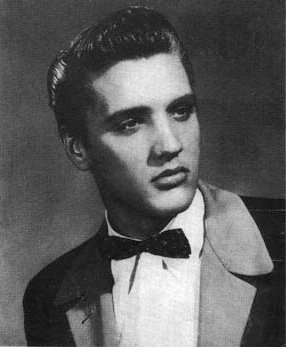Editor’s Note: Michael Luo is the Executive Editor of The New Yorker and the author of Strangers in the Land: Exclusion, Belonging, and the Epic Story of the Chinese in America, from which portions of this essay was adapted.
In the fall of 2016, I was standing in the rain with my family and some friends, in front of a restaurant on Manhattan’s Upper East Side, when a woman brushed past us, evidently aggravated we were in her way. Partway down the block, she yelled, “Go back to China!”
For a moment, I was stunned. Did she really say that? l abandoned my younger daughter in her stroller and rushed after the woman. We exchanged words, and when I walked away, she screamed, “Go back to your fucking country.” Because I could think of nothing else, I said, “I was born in this country!”



